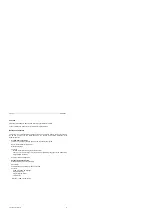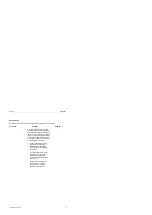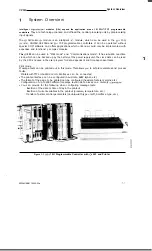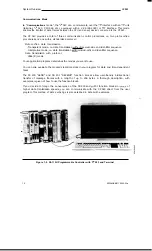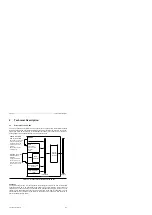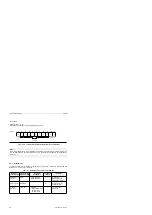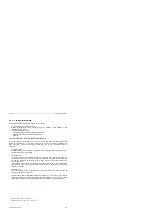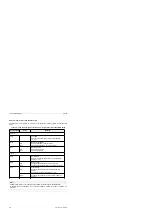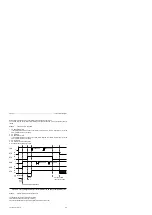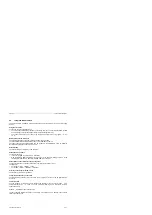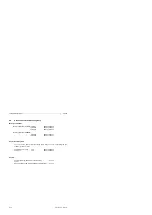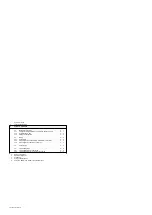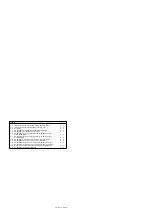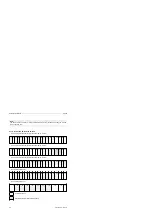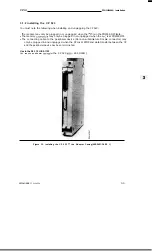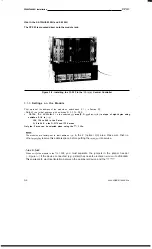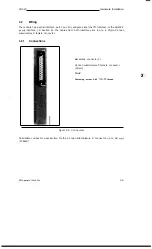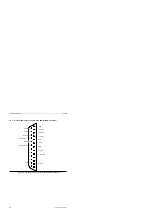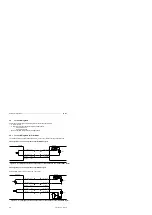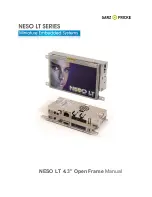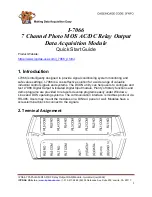
CP 523
Technical Description
2.3.2
Communications Mode
The possible methods of transmission depend on the following:
•
Type of interface (TTY or RS-232-C (V.24)
•
Whether handshaking has been configured when the RS-232-C (V.24) interface is used
(Handshaking OFF or ON).
•
Type of Communications mode.
- Transparent (without send-side end identifier sequence)
- Interpretive (with send-side end identifier sequence)
- 3964 (R)
TTY active or RS-232-C (V.24) interface with handshake OFF
The CPU evaluates only the RXD circuit. If the CP receives data from the peripheral device, the
latter must maintain logic "1"
*
on the RXD line, otherwise the CP 523 will send the following error
flags to the CPU: in byte 0: "Permanent line break" (XD
H
) and in byte 1: "Peripheral device not
ready" (1X
H
).
•
Transparent mode
No XON/XOFF protocol is possible in Transparent mode. Message frames received by a peri-
pheral device must be of fixed length.
•
Interpretive mode
If you have programmed an XON/XOFF protocol in Interpretive mode, the CP sends "XOFF" to
the peripheral device when only 20 more bytes are available in the 1-Kbyte Receive buffer. The
CP then only sends XON to the peripheral device again when the receive buffer contains more
than 256 free bytes.
If the peripheral device sends more than 20 bytes to the CP after an XOFF, the message frame
data already received is rejected.
The
CP
forwards the
"Receive buffer overflow" error message
flag (XB
H
) to the CPU.
•
3964(R) mode
This communication control procedure makes it possible to connect peers which also use the
3964(R) line procedure to the CP 523.
3964(R) mode enables comparatively reliable data transmission, as the receiver must signal its
readiness to receive data (connection buildup) and acknowledge once it has done so. Relia-
bility and data integrity are enhanced in 3964(R) mode by an additional block check character.
*
For the TTY interface, logic "1" means: Current
For the RS-232-C (V.24) interface, logic "1" means: V -3 V
EWA 4NEB 811 6044-02a
2-7

